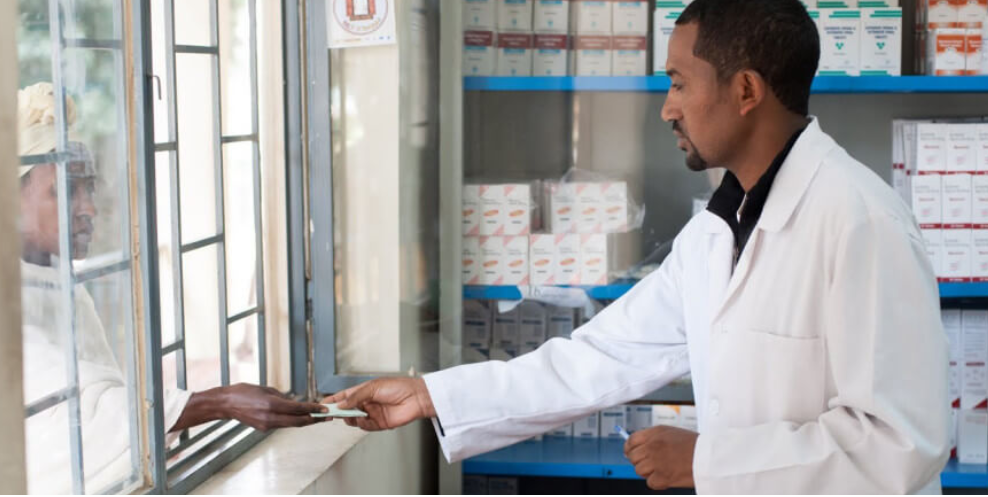By Francis Aboagye-Nyame, SIAPS Project Director

Over its six years working in dozens of countries, SIAPS has carried out a vision for health system strengthening that USAID developed and has supported for more than two decades. In partnership with countries and organizations, the agency has led pharmaceutical systems strengthening interventions that have helped countries deliver affordable, quality-assured medicines and related products and services.
SIAPS has had the privilege of carrying out significant tasks under the USAID mandate. Through this project and its predecessors–SPS, RPM Plus and RPM–we’ve been following a systems strengthening framework, digging in with activities that address governance, human resource capacity, information management, financial strategies, and effective services.
We also took on tasks that require a birds-eye view of pharmaceutical systems strengthening. These include developing a framework that would help countries and donors measure the effectiveness of their interventions. After years of research and in collaboration with our partners, we proposed a definition for both a pharmaceutical system and pharmaceutical system strengthening. Next month, we’re releasing an electronic tool, PSS Insight, that helps countries track their progress using indicators that can help identify system strengths and areas that need more attention or funding.
Another SIAPS priority for measuring and providing evidence of progress is our global call for case studies in pharmaceutical systems strengthening. The criteria for inclusion in this compendium were that case studies be grounded in evidence and that they show how specific strategies and actions strengthened a pharmaceutical system to improve access to and use of medicines and related products and services.
The case studies also needed to give evidence of lasting effects—not just short-term improvements, but sustainable progress that endures even when donor funding subsides. That means looking at how an intervention affected the people, processes, or structures that comprise a pharmaceutical system.
SIAPS is publishing a dozen case studies from responses received. We’re pleased to present these accomplishments towards building more resilient pharmaceutical systems—and the contributions they’ve made to saving lives and improving the health of millions of people. Together the case studies present a diverse set of challenges and the innovative steps taken to address them. These projects have made a measurable impact in how countries deliver critical commodities and services.
 One more thing: To be included in this compendium, a case study required evidence of actionable lessons and recommendations. What could be taken from this experience going forward? This criterion was for the benefit of our global health community, to support current initiatives and spark innovation. We hope these case studies spur conversation among colleagues on how to build on the progress made so far.
One more thing: To be included in this compendium, a case study required evidence of actionable lessons and recommendations. What could be taken from this experience going forward? This criterion was for the benefit of our global health community, to support current initiatives and spark innovation. We hope these case studies spur conversation among colleagues on how to build on the progress made so far.


